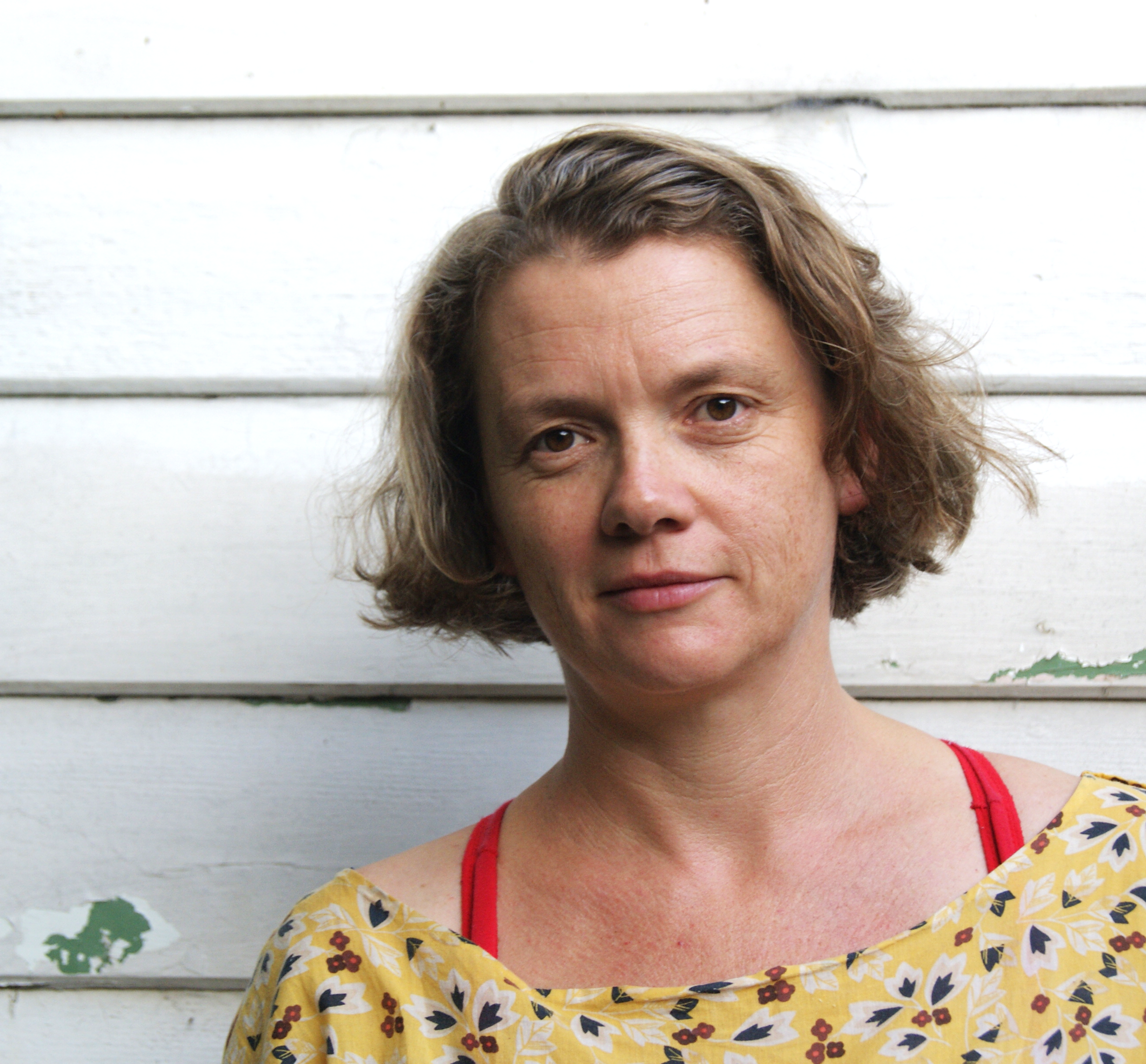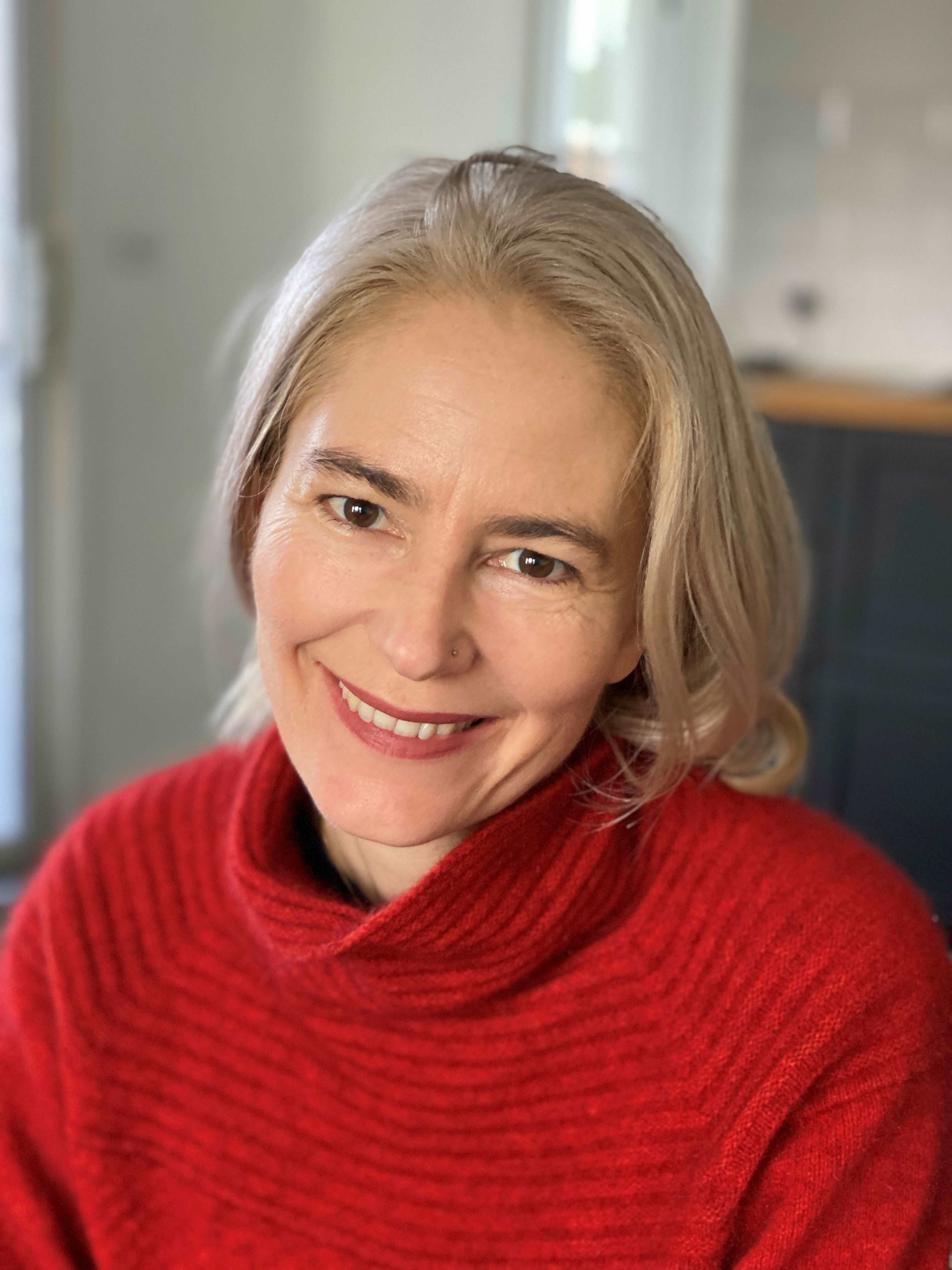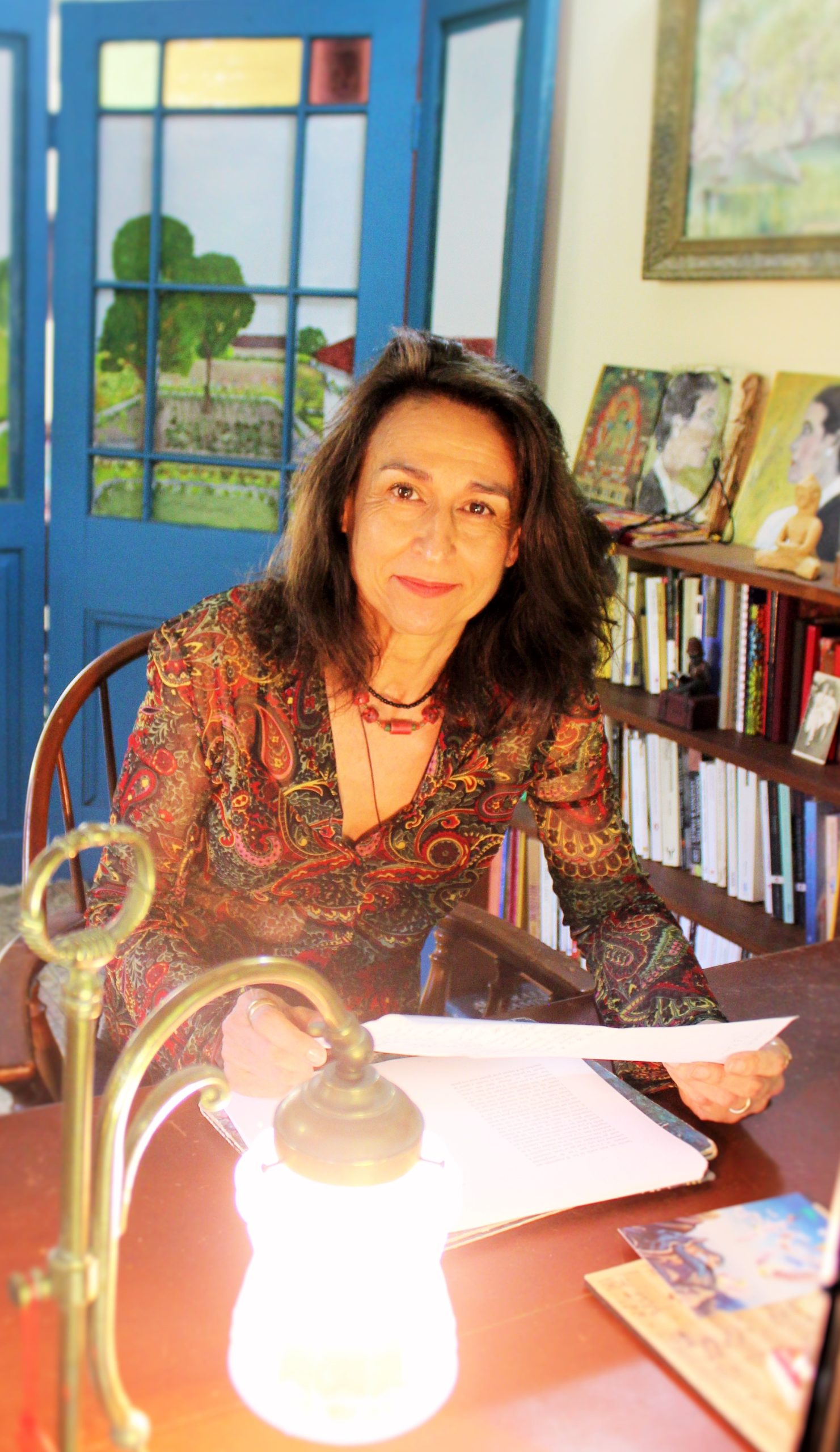1. How would you describe Bulk Nuts?
The book is a collection of short autobiographical stories. The stories range in length. Some are inspired by recent events while others are stories that shape experiences from decades ago. The stories explore the moments that affected my younger self and how they are then processed and created by my current self. The stories are about connections to place, encounters with strangers, family, danger, technology, status, objects, community, work and internal states of being.
2. What drew you to create this book?
There is a lot of interest in comics as longer format graphic novels. I also wanted to create a book that showcases how suited comics are for the short story format. My background is mostly in short stories which came out of necessity while self publishing and contributions to anthologies. I also love the idea of each story being complete but also existing as a part of the whole. I hope the book will create an impression and feeling in the minds of the reader because of the way the stories speak to each other. I’m inspired to create short stories because I also love to read short stories. I discovered comics by reading anthologies contributed to by favourite cartoonists. I have had a lot of story ideas collected that I’ve always wanted to write and have just been waiting for the right time. This book is the perfect way for me to share those stories. I also wanted to take the format of my previous book When One Person Dies The Whole World Is Over and elaborate on moments to create longer and more complex stories.
3. Tell us a bit about the experience of creating this book…
I let the stories that I travel through life with dictate when they want to be told. I also welcome new stories that come through in the present. I complete one story at a time from initial idea to fully finished art. Once completed, the story is put aside and a new once is started. I work at any available time I have between my job as a disability support worker and other commitments. Some stories are created at a steady pace while others take a lot longer. I allowed myself space to try new things and experiment. I go where the inspiration takes me. I’m often surprised at the outcome and how the story comes to life. Each story taught me something new about creating comics.
4. Who is the book for?
The book is for anyone with an interest in short stories regardless of if they have an interest in comics of graphic novels. It is also for those curious about the potential for comics to tell engaging stories in new ways. Although not specifically intended for a YA audience or children I find my comics do end up in the hands of these readers mostly likely because of the visual component. I like this. I do always have this in mind but am also careful to also not let it restrict the creative freedom I need to have with my content.
5. What do you hope readers will take from this book?
I hope readers will relate to the book and the human experiences contained within. I hope they come away feeling emotionally invested in the stories. I hope the book reads as playful and makes people laugh. I hope readers will think about comics and the potential they have for creating meaningful stories. I also hope it speaks of a local experience of being in the world’s well as a universal one.
6. What drew you to the medium of comics to tell stories?
I have always been interested in comics and the potential they have to convey deeply nuanced aspects of the lived experience. I studied painting so images have always been important to me as a way of communicating ideas. I had read a lot of comics from a young age so the language has always been ingrained in me. And I knew early on that I wanted to tell visual stories and that they needed to be in a sequential format, so comics were perfect. I also loved books as aesthetic and accessible objects and the idea of making my own publications. I was lucky to have started my practice at the same time I was reading groundbreaking experimental and autobiographical comics around the mid to late 90’s in the midst of a thriving local self-publishing scene.
7. When did you start writing and illustrating?
I started when I was in art school in the early 90’s. I contributed comics to the university comedy newspaper and other comics anthologies coming out of the art school. I also started to self-publish my own comic series. This led on to contributing stories to anthologies mostly in Australia but also to some overseas.
8. Best investment you’ve ever made in your writing/art?
Creating my own self published mini comics and contributing short stories to anthologies. And then sending these self-published comics to publishers who I respect.
My mini comics taught me about my own aesthetic and preferences towards comics production from content to design. Creative control in those early days of trial and error helped to hone in on my personal style and approach to writing. I’m thankful for the those years of creating for myself. My comic collection and enthusiasm for reading has been one my biggest investment.
Also continuing a daily practice no matter what, throughout my creative life has always served me well.
9. Where do you write/create?
I write and create my work in a studio in my house. Many of my ideas come while I am outside of my studio doing other things but the finished work is within the walls of the studio at my desk.
And lastly…
10. Favourite bookshops anywhere in the world?
Readings Carlton is where I have launched a few books so it holds a special place in my heart.
Brunswick Bound is where my first book Rooftops was launched on a hot summer day.
Eltham Bookshop is my neighbourhood bookstore and a huge supporter of local writers.
The Beguiling comic book store in Toronto. It showcases a massive selection of alternative, underground and avant-garde graphic storytelling.
11. What books are you currently reading?
The Animals In That Country by Laura Jean McKay
12. What’s the last book you read that you loved?
A Carnival Of Snackery by David Sedaris and Shuggie Bain by Douglas Stuart.
Photo by Gabriel Clark





